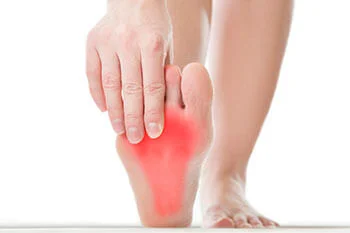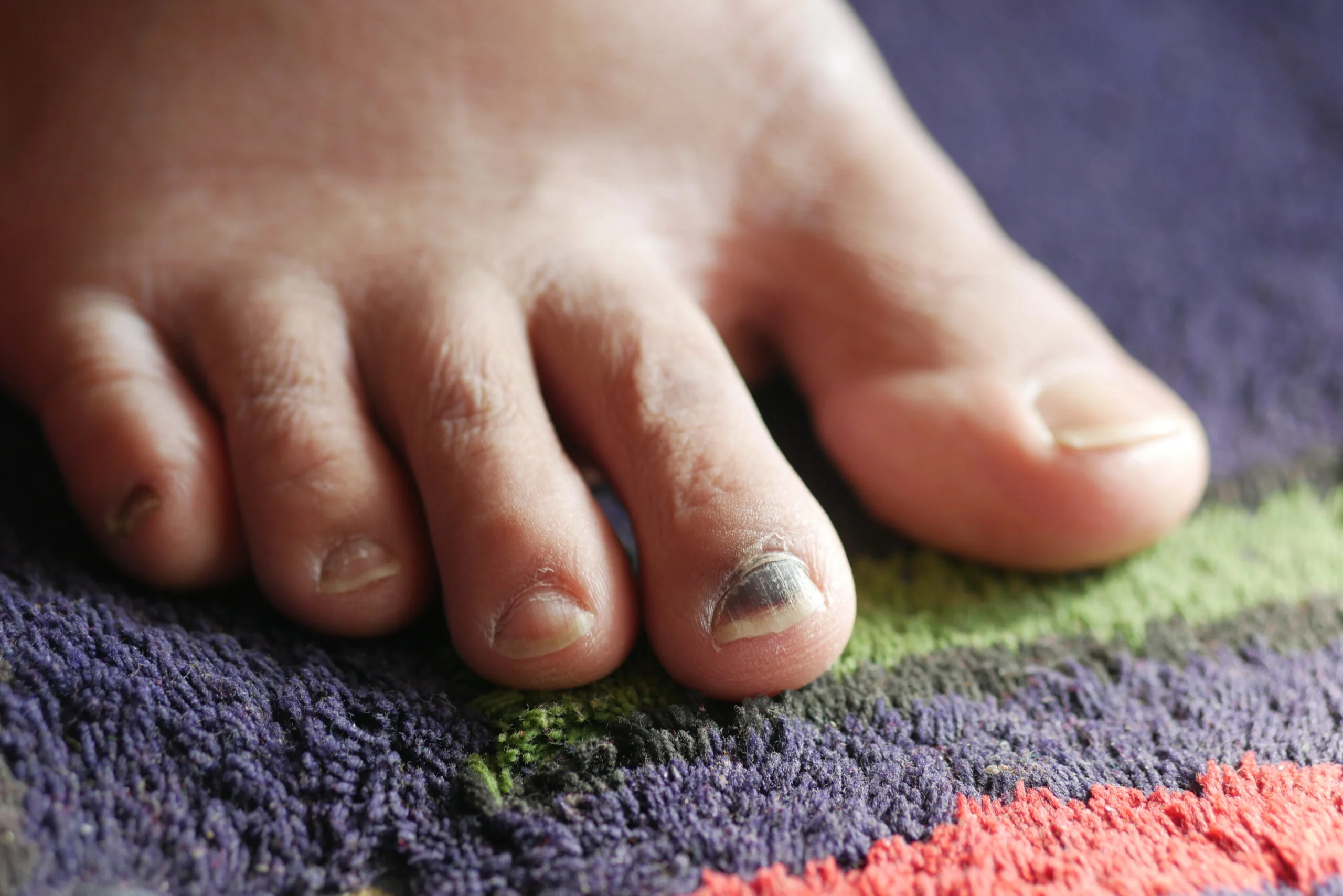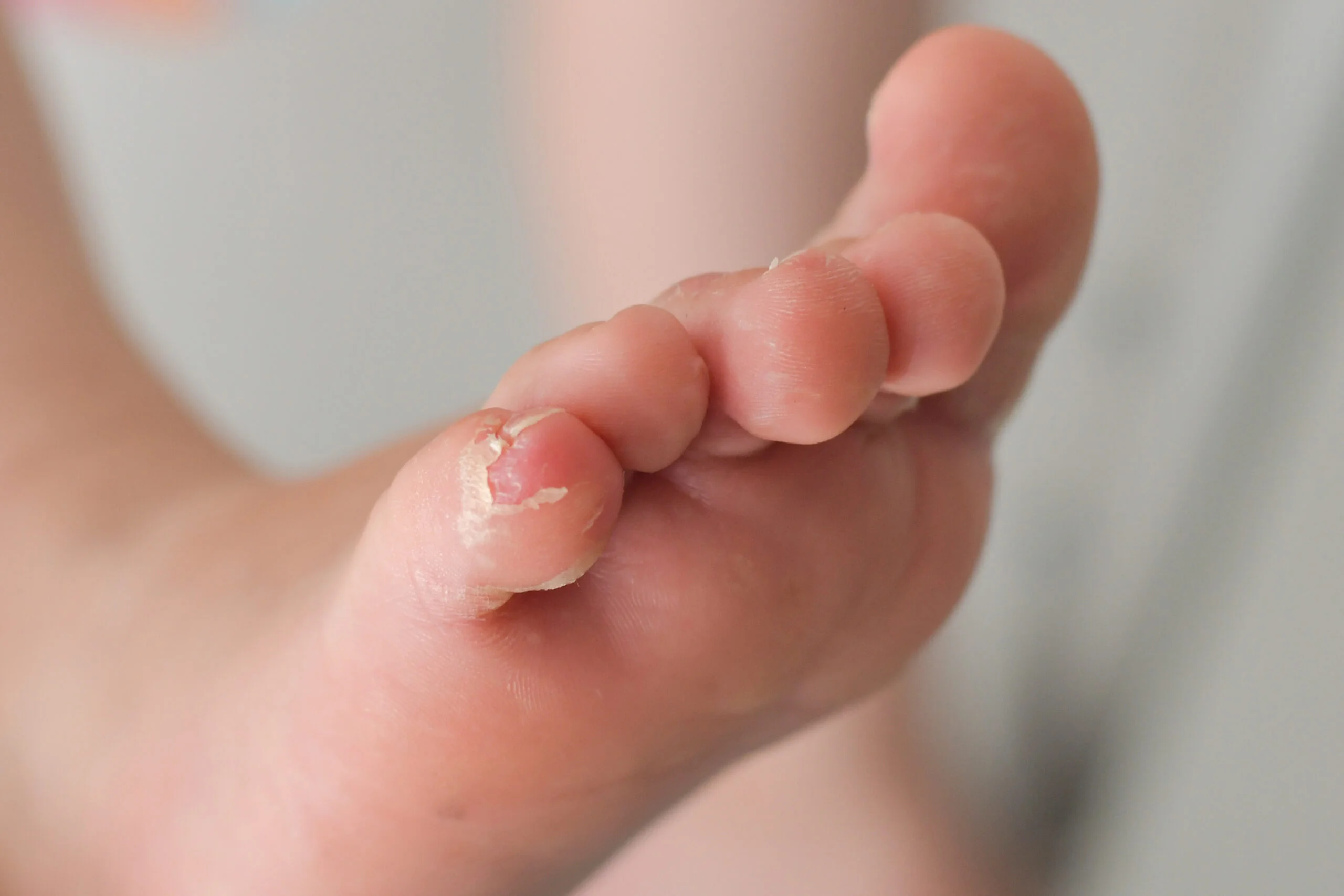University Foot & Ankle Institute – Resources
University Foot and Ankle Institute prides itself on providing comprehensive foot and ankle care. As a patient, you can count on highly personalized care every step of the way. Below you can find articles we have published that you may find useful.
























